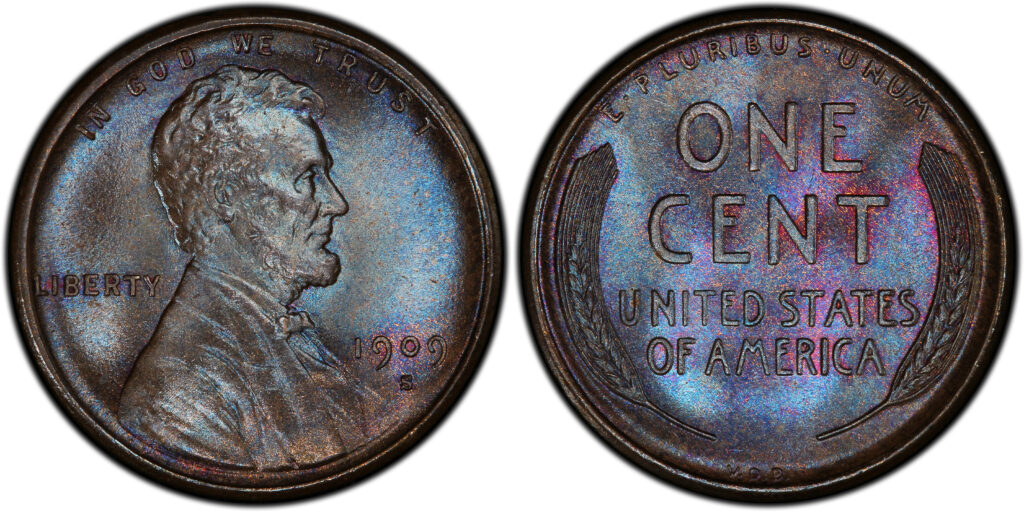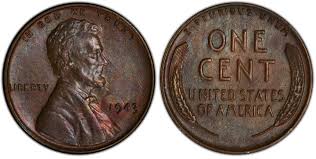Wheat pennies, officially known as Lincoln Wheat Cents, are U.S. one-cent coins minted from 1909 to 1958. Recognizable by the image of President Abraham Lincoln on the obverse (front) and two stalks of wheat on the reverse, these coins were the first U.S. currency to feature a real person’s portrait—a tribute to Lincoln’s 100th birthday.
Although many wheat pennies are common and inexpensive, some rare editions and minting errors have turned a handful into collector’s gold, fetching thousands of dollars at auctions and online.
A Brief History of Wheat Pennies
Introduced in 1909, the Lincoln cent was designed by Victor David Brenner and marked a shift in American coinage by honoring real historical figures instead of allegorical images. The wheat design on the reverse symbolized prosperity and unity, fitting for the era.

These coins were issued by three main U.S. mints:
- Philadelphia (no mint mark)
- Denver (D)
- San Francisco (S)
Why Some Wheat Pennies Are Worth Thousands
While many wheat pennies are only worth face value, certain rare dates, mint marks, and minting errors have transformed them into valuable collector’s items. Below are the primary reasons why some are worth so much:
1. Key Dates and Rare Mint Marks
Some wheat pennies were minted in extremely limited quantities, making them rare today. Notable examples include:
- 1909-S VDB: Only 484,000 coins were minted in San Francisco, and they featured Brenner’s initials (“VDB”) on the reverse. Coin collectors have paid over $3,000 for high-grade versions.
- 1914-D: Minted in Denver, this coin had a relatively low production of about 1.2 million. It’s often faked due to its high value. Authentic versions can sell for $2,000 or more depending on condition.
2. Minting Errors and Variants
Coins with production mistakes are often highly valuable because of their rarity. Examples include:
- 1955 Doubled Die Obverse: A famous error where the date and inscriptions appear doubled. These coins are often worth $1,000–$5,000 depending on grade. NGC provides authentication details.
- 1943 Bronze Cent: During WWII, most pennies were made from steel to conserve copper. However, a few were accidentally struck in bronze. These coins are among the rarest, with sales exceeding $100,000 in auctions.

3. Condition and Grading
A coin’s grade—how well-preserved it is—has a huge impact on its value. Coins with no scratches, shiny luster, and sharp details fetch higher prices. The industry uses the Sheldon Scale, ranging from Poor (P-1) to Mint State (MS-70).
To get a coin officially graded, collectors often use services like:
How to Tell if You Have a Valuable Wheat Penny
- Check the date – Coins from 1909, 1914, 1922, and 1931 are often more valuable.
- Look for mint marks – An “S” or “D” below the date may indicate a rare variety.
- Inspect for doubling or misprints – These errors significantly boost value.
- Evaluate the condition – Coins with minimal wear are worth far more.
If you believe you have a valuable penny, consider taking it to a reputable coin dealer or submitting it for grading.
Are Wheat Pennies Legal to Sell?
Yes, wheat pennies can be freely bought and sold. The U.S. Mint has no restrictions on the resale of coins no longer in circulation. Just make sure you’re not melting coins for their metal content—this is illegal for U.S. currency.
Final Thoughts
Most wheat pennies may only be worth a cent, but some can be worth thousands due to scarcity, errors, and condition. If you’re a coin enthusiast or just curious about what’s in your old piggy bank, it may be time to check your change. That unassuming penny could be a hidden gem waiting to be discovered.
This article has been carefully fact-checked by our editorial team to ensure accuracy and eliminate any misleading information. We are committed to maintaining the highest standards of integrity in our content.

Himanshu Sharma writes for Weekend Spy, focusing on recruitment, government schemes, and current affairs. He is dedicated to making complex information accessible to readers.
Himanshu enjoys playing chess, hiking, and trying new recipes, always seeking ways to combine his love for writing with his passion for exploration. Connect with Drop him an email at [email protected].







